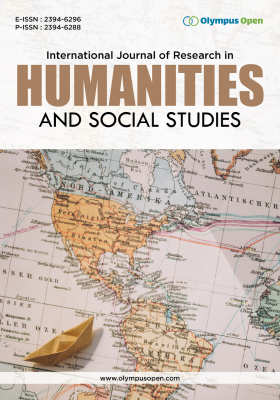Disturbing Flesh. Analysis of the Female Body in the Film the Exorcist (William Friedkin, 1973) and the Performance Interior Scroll (Carolee Schneemann, 1975)
DOI:
https://doi.org/10.62557/2394-6296.120102Keywords:
Body, Phallocentric power, Feminist strategy, Unheimlich, Corpo-linguistic writingAbstract
The aim of this essay is to compare the way in which the female body rebels against phallocentric roles in two artistic works: the film The Exorcist (William Friedkin, 1973) and the performance Interior Scroll (Carolee Schneemann, 1975). Such works have as context the Feminist Revolution of the 1970s. Through a semiotic and aesthetic analysis, focused on the image, the word-body relationship is analyzed. Concepts associated with the Unheimlich, the sinister, ominous, terrifying and disturbing, are associated with the woman's body that, in order to fight against a phallocentric order, uses the exhibition of her highest bodily emblem, the vagina.
Downloads
Downloads
Published
Issue
Section
License
Copyright (c) 2025 Author(s)

This work is licensed under a Creative Commons Attribution-NonCommercial 4.0 International License.

